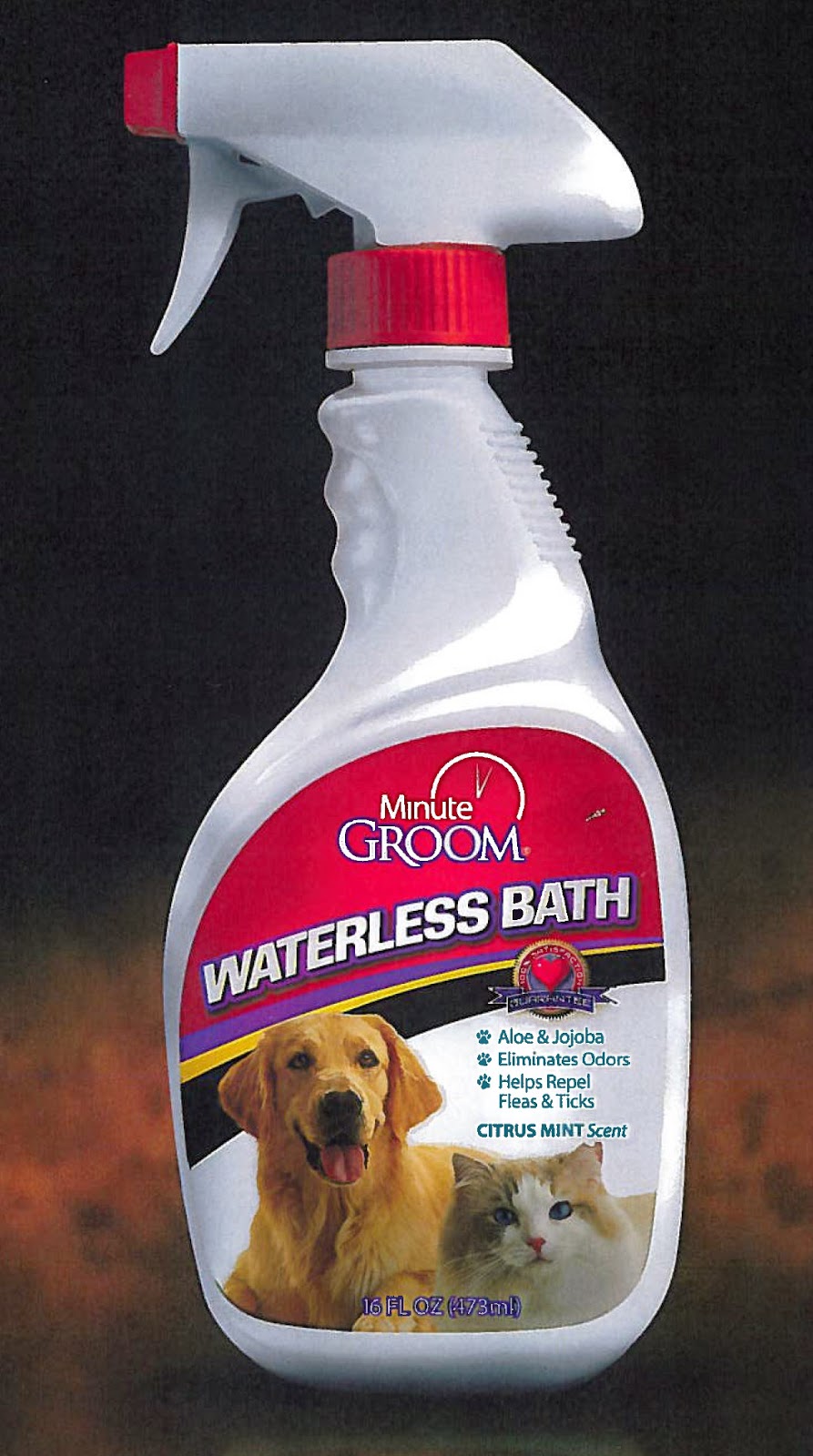E.D. Va. Denies Motion to Dismiss Pro-Football's REDSKINS Appeal
Judge Gerald Bruce Lee of the United States District Court for the Eastern District of Virginia, has denied a Rule 12(b)(1) motion to dismiss Pro-Football, Inc.'s Section 1071(b) action seeking review of the TTAB's REDSKINS decision [here]. Judge Lee rejected Defendant's assertions that there is no judicially cognizable dispute because the five Native American defendants have no direct stake in the outcome of the case and are therefore not "parties in interest." Pro-Football, Inc. v. Blackhorse, et al., Civil Action No. 1:14-cv-01043-GBL-IDD (E.D. Va. November 25, 2014).
The court stated the overarching issue as follows: "whether, considering the entire record and drawing all reasonable inferences in Pro-Football's favor, the Court should grant Defendants' Motion to Dismiss because Pro-Football cannot bring an action against Defendants who have no commercial interest in the mark under §1071(b) of the Lanham Act."
In denying the motion, the court concluded as follows:
First, 15 U.S.C. §1071 provides review of a Trademark Trial and Appeals Board's decision in the Federal Circuit or a District Court, and any meritorious interest brought before an administrative proceeding, must carry over into a review of said proceeding. Second, the prior proceeding before the TTAB was an inter partes proceeding where Defendants were the sole adverse parties. Third, Defendants' petition for cancellation evidenced that Defendants have a legitimate direct and personal interest in the registration.
Read comments and post your comment here
TTABlog note: I doubt that many people are surprised at this ruling. Difficult to see how a party who successfully brought a proceeding could lack an interest in the outcome of the appeal.
Meanwhile, the United States is considering whether to intervene in this case, because Pro-Football has raised constitutional challenges to the validity of Section 2(a) of the Trademark Act. The court has set a deadline of January 9, 2015, for the U.S. to intervene. Discovery is set to close on that date.
Text Copyright John L. Welch 2014.





































